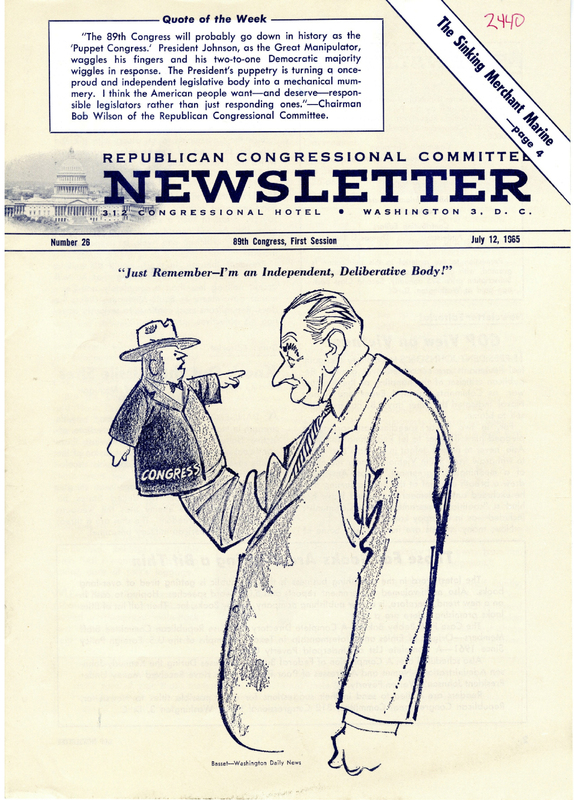About
The United States Congress is the branch of the federal government closest to the people, where representatives and their constituents most directly engage over the issues of the day. Yet many Americans view Congress with a mix of frustration, confusion, and disapproval. The People’s Branch: Exploring the U.S. Congress in the Archives seeks to promote a better understanding of Congress. It is a digital version of an exhibit that was on display in the WVU Downtown Campus Library’s Rockefeller Gallery in 2018. It was curated by West Virginia & Regional History Center Assistant Curator, Congressional and Political Papers Archivist, Danielle Emerling.
The People’s Branch uses archival materials to explore the basic functions of Congress and the importance of the institution in American democracy. It highlights the representative responsibilities of the body and the interactions between politicians and constituents. It encourages visitors to consider how Congress has evolved over time and how it continues to shape politics and public policy.
Materials in the exhibit come from the following collections at the West Virginia & Regional History Center:
Governor Arch A. Moore Jr. papers
Matthew Mansfield Neely papers
Congressman Nick Joe Rahall II papers
Senator John D. (Jay) Rockefeller papers

